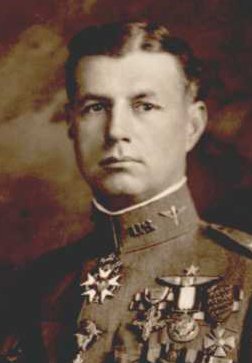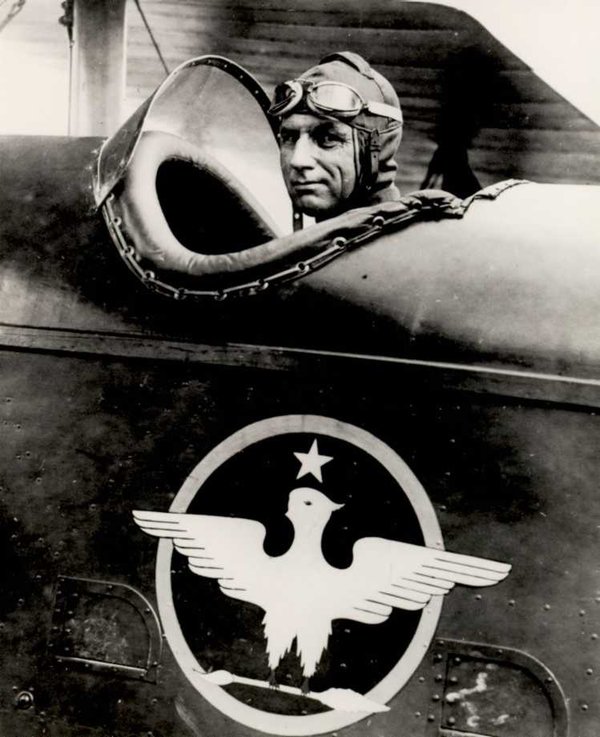
William L. "Billy" Mitchell
Died: February 19, 1936
Inducted: 1986
One of the most controversial figures to appear on the U.S. aviation scene was U.S. Army Brigadier General William (Billy) Mitchell. He enlisted in the Army as a private during the Spanish-American War and rose rapidly through the ranks. At the age of 30 and a senior officer he became interested in the budding field of military aviation and learned to fly. He served with the American Expeditionary Force in France as chief of the U.S. Air Service in World War I and participated in 14 major air campaigns. When he returned home Mitchell was given a hero's welcome and made director of all military aviation for the Army.
Mitchell's enthusiasm for aviation, coupled with his position of authority, led to a gradually deepening struggle between those who shared his views and other officers who did not. He was convinced that the U.S. Army had an immediate and pressing need for a strong bomber force as the foundation of the national defense system. Other officers were as strongly convinced that the Navy's ships remained the bulwark against foreign hostility.
Mitchell carried on his crusade for several months by writing newspaper and magazine articles and traveling throughout the country speaking before hundreds of groups to gain support for his advocacy of air supremacy. As a dramatic climax to his campaign, he challenged the Navy to pit one of its ships against his small bomber force. Mitchell's challenge is detailed in this 20-second (2.3Mb) video clip. Original video is from Chapter 2, the Air Force Story produced in 1953.
In June and July 1921, Mitchell's challenge was accepted. The Navy made available a number of captured German sea vessels for the target practice. The bombers successfully sank a submarine and a light cruiser but in several demonstrations against the moored battleship Ostfriesland, their efforts were ineffectual. Finally Mitchell prodded the Army Ordinance Service into developing a 2000 pound bomb. A flight of eight Martin bombers, each with one of the giant bombs, attacked the stationary target and within 25 minutes it had been sunk.
In his exultation over his success, Mitchell leveled bitter recriminations against his superiors and, as a result, was convicted of insubordination by a court martial. He resigned from the Army to continue his criticism of the national aviation policies. The resistance to Mitchell's attacks has been held responsible for retarding military aviation's growth until after his death.
From the Collections portion of the WAHF archives come these sound files presenting stories about Billy Mitchell. Visit the Collections page for more stories of aviation's past.
- A promo (ad) for the Tactical Air Command's Almanac, Highlights of Aviation History provides this teaser about Billy Mitchell.
- This story dated April 30, 1917 shares Mitchell's first days in World War I.
- Lt. Frank Luke tells Mitchell the exact minute he will shoot down not one but two observation balloons in this September 14, 1918 story.
- The air raid described in this October 9, 1918 story was planned by BGen Billy Mitchell. It was the largest air campaign of the war.
